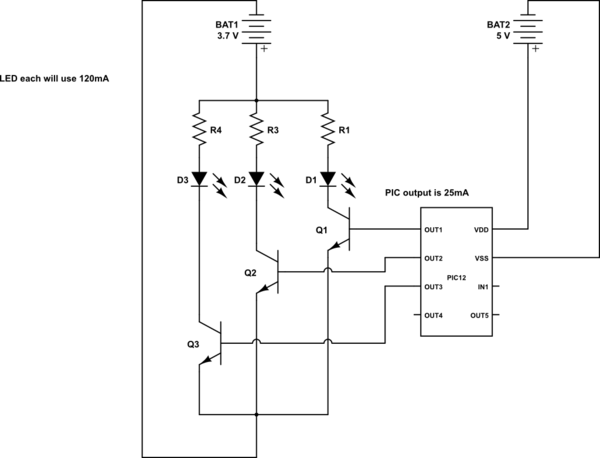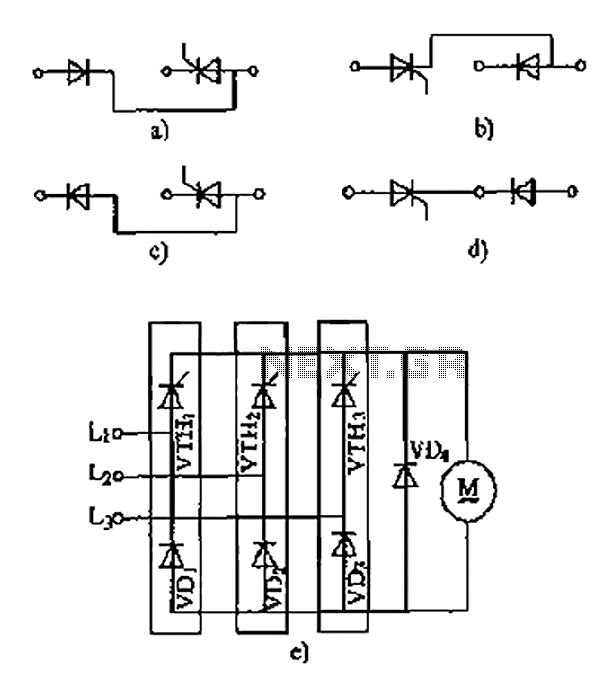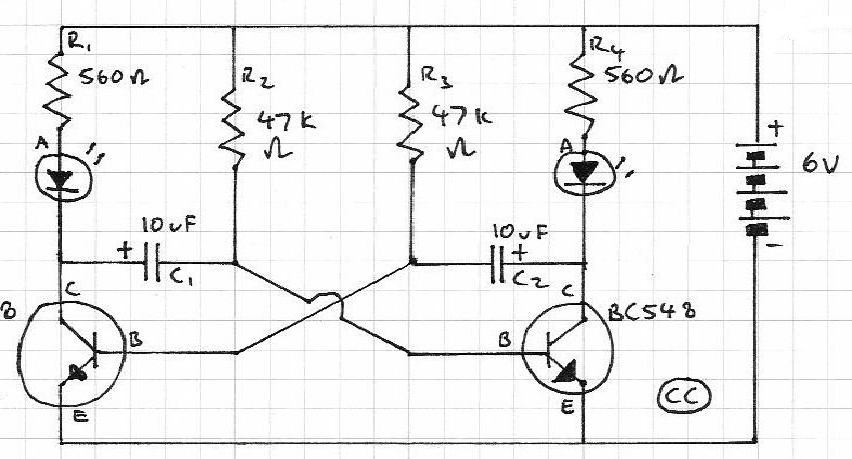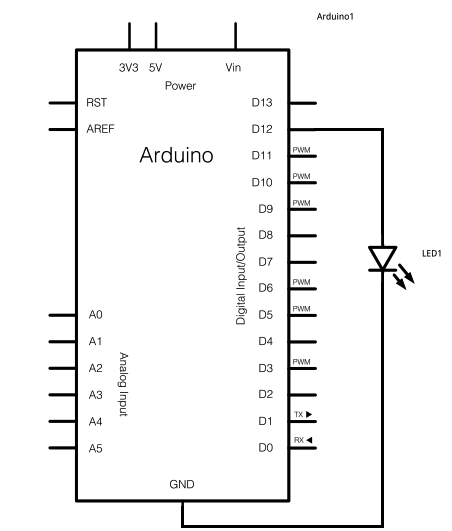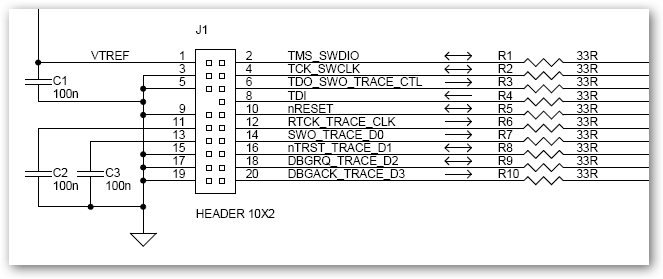
Fiber-optic link
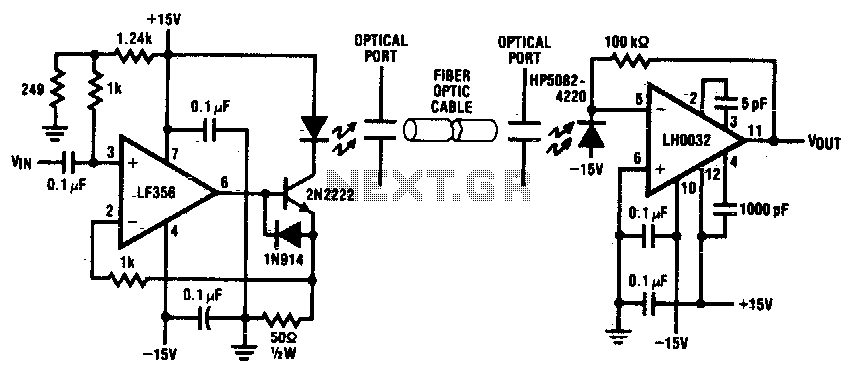
Fiber optic applications require analog drivers and receivers operating in the megahertz region. This complete analog transmission system is suitable for optical communication applications up to 3 MHz. The transmitter LED is normally biased at 50 mA operating current. The input is capacitively coupled and ranges from 0 to 5 V, modulating the LED current from 0 to 100 mA. The receiver circuit is configured as a transimpedance amplifier. The photodiode with 0 A/W responsivity generates a 50 mV signal at the receiver output for 1 µW of light input.
The described analog transmission system for fiber optic applications operates effectively within the frequency range of up to 3 MHz, making it suitable for various optical communication tasks. The system comprises a transmitter and a receiver, where the transmitter utilizes a light-emitting diode (LED) that is typically biased at a constant current of 50 mA. This biasing ensures that the LED operates efficiently, providing a stable light output necessary for reliable data transmission.
The input signal to the transmitter is capacitively coupled, allowing for the modulation of the LED current based on the input voltage, which can range from 0 to 5 V. This modulation capability is crucial as it enables the LED to vary its output current between 0 and 100 mA, effectively encoding the input signal into light pulses for transmission through the fiber optic medium.
On the receiving end, the circuit is designed as a transimpedance amplifier, which is crucial for converting the small photocurrent generated by the photodiode into a measurable output voltage. The photodiode is characterized by a responsivity of 0 A/W, indicating its efficiency in converting light into electrical signals. For an input light power of 1 µW, the photodiode generates a corresponding output signal of 50 mV at the receiver. This voltage output can then be processed further to retrieve the transmitted information.
Overall, this analog transmission system is an essential component in fiber optic communication, facilitating high-frequency data transfer with precise modulation and demodulation capabilities. Its design ensures optimal performance in transmitting and receiving signals over optical fibers.Fiber Optic applications require analog drivers and receivers operating in the megahertz region. This complete analog transmission system is suitable for optical communication applications up to 3 MHz. The transmitter LED is normally biased at 50 mA operating current. The input is capacitively coupled and ranges from 0 to 5 V, modulating the LED current from 0 to 100 mA.
The receiver circuit is configured as a transimpe-danee amplifier The photodiode with 0 amp per watt responsivity generates a 50 mV signal at the receiver output for 1 /iW of light input.
The described analog transmission system for fiber optic applications operates effectively within the frequency range of up to 3 MHz, making it suitable for various optical communication tasks. The system comprises a transmitter and a receiver, where the transmitter utilizes a light-emitting diode (LED) that is typically biased at a constant current of 50 mA. This biasing ensures that the LED operates efficiently, providing a stable light output necessary for reliable data transmission.
The input signal to the transmitter is capacitively coupled, allowing for the modulation of the LED current based on the input voltage, which can range from 0 to 5 V. This modulation capability is crucial as it enables the LED to vary its output current between 0 and 100 mA, effectively encoding the input signal into light pulses for transmission through the fiber optic medium.
On the receiving end, the circuit is designed as a transimpedance amplifier, which is crucial for converting the small photocurrent generated by the photodiode into a measurable output voltage. The photodiode is characterized by a responsivity of 0 A/W, indicating its efficiency in converting light into electrical signals. For an input light power of 1 µW, the photodiode generates a corresponding output signal of 50 mV at the receiver. This voltage output can then be processed further to retrieve the transmitted information.
Overall, this analog transmission system is an essential component in fiber optic communication, facilitating high-frequency data transfer with precise modulation and demodulation capabilities. Its design ensures optimal performance in transmitting and receiving signals over optical fibers.Fiber Optic applications require analog drivers and receivers operating in the megahertz region. This complete analog transmission system is suitable for optical communication applications up to 3 MHz. The transmitter LED is normally biased at 50 mA operating current. The input is capacitively coupled and ranges from 0 to 5 V, modulating the LED current from 0 to 100 mA.
The receiver circuit is configured as a transimpe-danee amplifier The photodiode with 0 amp per watt responsivity generates a 50 mV signal at the receiver output for 1 /iW of light input.
